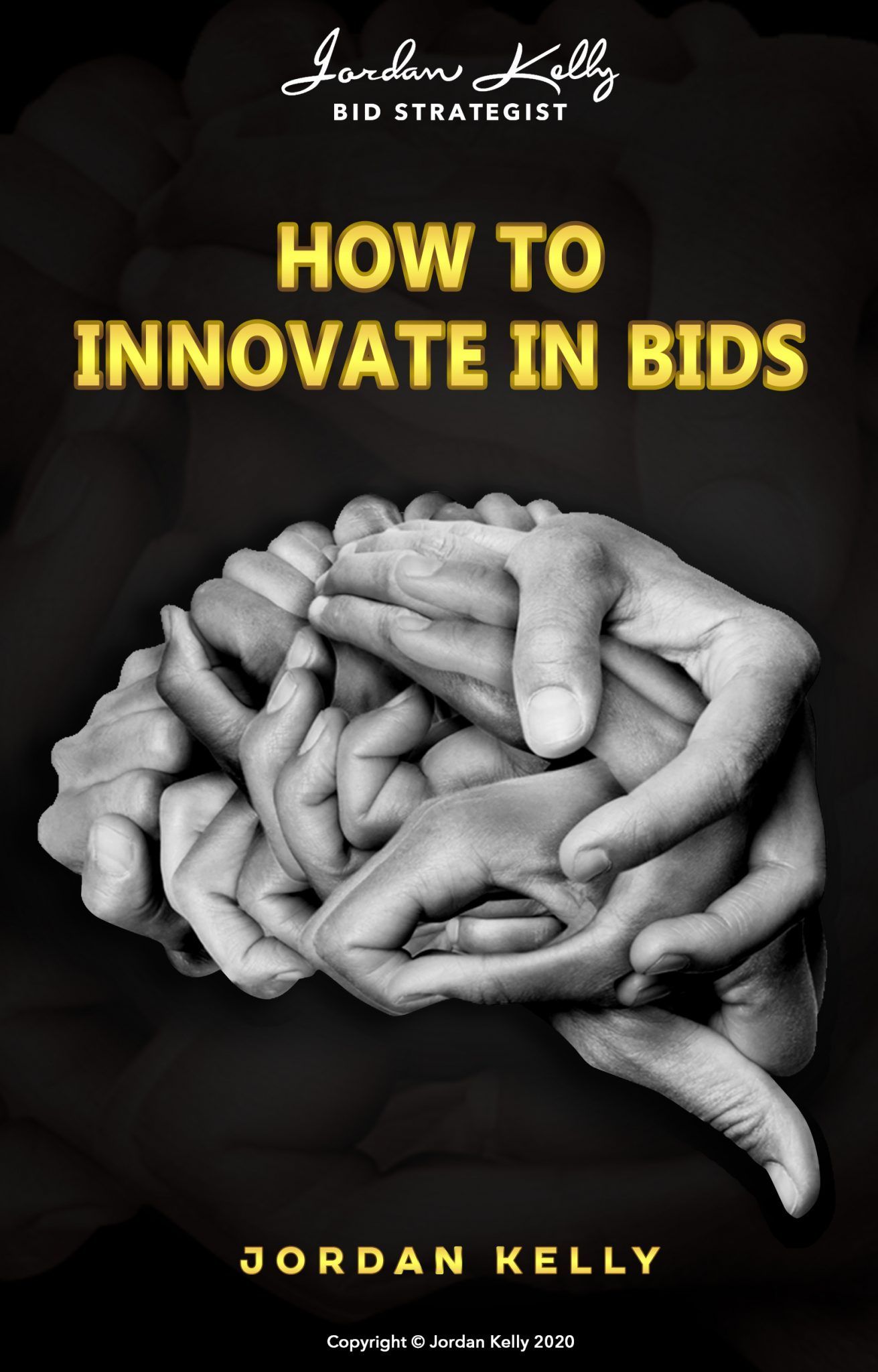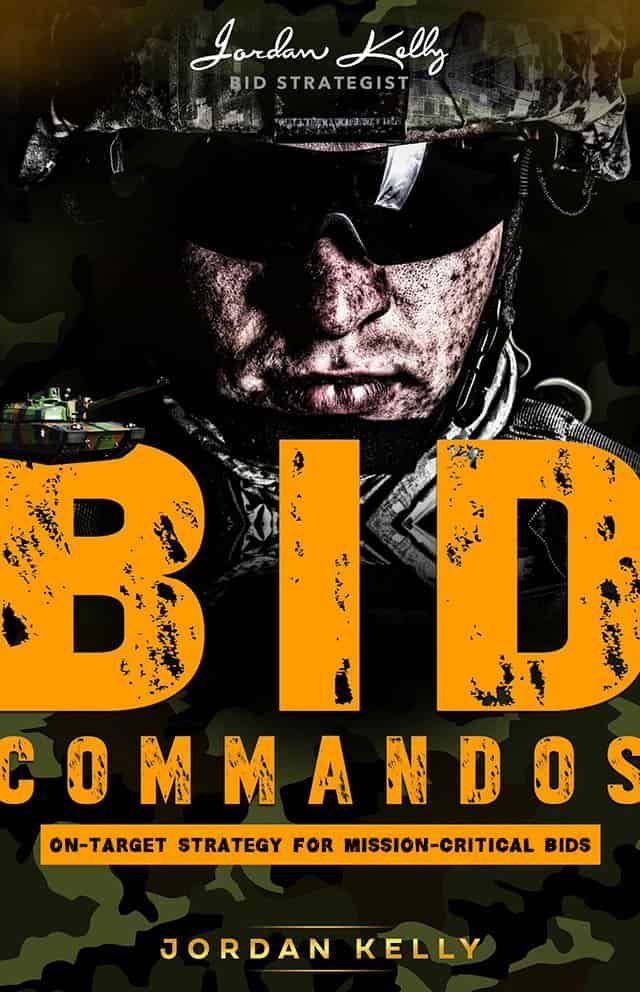CATEGORIES:

Unbeknownst to most of my clientele, I once completed (well, almost, just two weeks short of the finish line) an Officer Training Cadetship at Australia’s most prestigious military academy, the Royal Military College of Duntroon.
One day my unit’s staff sergeant had us fall in and play “Chinese Whispers”. You know, the party game during which one person whispers a message to the person next to (or, in our case, behind) them, with that individual passing it on to the next, and so on. (NB: In the United States, this game is apparently referred to more commonly as “Telephone” or “Gossip”.)
The inaccuracies compound as the game progresses and the message is transmitted on down the line.
In a party context, the purpose of the game is pure entertainment, with the final transmission rarely even remotely recognisable against the original message – and, invariably, nonsensical and hilarious.
Don’t Over-Estimate Yourself
However, you’d think that a unit of young, serious-minded, keen-eared officer cadets with a savage staff sergeant breathing down our necks, would do a better job of retaining the integrity of the message as he communicated it to the first cadet in the line.
Not so.
Years later, I recall neither the original message nor the hilarious result of its being passed down our six-man and one-woman line-up, but let’s just say it probably went something like the following.
Original message:
The enemy will be positioned behind the red brick building, on the right, two miles over the border line, with full combat weaponry and orders to eliminate anyone approaching from the northeast.
Final version:
The whales are going to die soon, so meet me behind the brick wall.
Capture the Macro, the Micro, and the Minutiae
What I’d like to achieve with this little story from my Army days is to have you, the all-important first point of prospective client/customer interface, understand how critical it is for you to document – clearly and in detail – the macro, the micro, and the minutiae of each meeting or other form of meaningful frontline interchange.
The quality of the bid strategy (i.e. that which informs the end submission) is dependent, first and foremost, upon the accuracy and comprehensiveness of the information you derive from your communications with the client or customer. And, as you can see, the more concrete the condition in which you pass on these discoveries, observations and conclusions, the less chance they have of being diluted, misinterpreted or just plain lost in the communications chain within your organisation.
Some companies have invested in software programs (often little more than basic online forms) for the capture of meeting proceedings and other customer/client dialogues. Generally, I’m not in favour of these. Certainly, the ones I’ve been exposed to, in effect, discourage any real depth or thought development by the business development (BD) operative, salesperson or other client-interfacing individual.
However, they’re vastly more preferable than the common alternative: nothing.
Urgency is Key to Comprehensiveness
A key to producing the most valuable (read: comprehensive, detailed and accurate) notes following any meeting or communication is to do it as soon as you possibly can after that event.
And I do mean ASAP.
On one particularly business-critical (i.e. for my client) pursuit in which I took the role of bid strategist, I had the two-person tag team appointed to meet with the client, call me from their parked car immediately they left that meeting - dictating to me the content and conclusions of the interchange, while it was fresh in their minds.
This was the difference between seven pages of invaluable client and competitor insights versus the likely alternative: half a page of sketchy bullet points produced later that week from a greatly diluted memory of the one-time-only hour-and-a-half meeting.
Those seven pages of sharply focused, technicolour detail provided the foundation of the bid strategy, and the guideposts for considerable further research – research that led to unveiling nearly every other competitor’s likely strategy and related “USP” (Unique Selling Point).
When added to the insights the client representatives gave us into their world, we were able to formulate an offering that overcame almost every major challenge (which were numerous) that the client organisation either had or perceived itself to be struggling with. What’s more we overcame these with elements that we were reasonably confident no competitor either could, or possessed sufficient insights to be able to, table.
A Simple Pre-Planning Practice
The point I’d like to return to here, is that producing such a high-quality bid strategy, and formulating such an on-the-money offering, was only possible due to the quality of the coalface, primary information captures.
In addition to developing a strong sense of urgency for documenting the proceeds of a client meeting, I’ll make one further recommendation:
For quality of insight and information capture, pre-format a simple notepad with a list of headings – each heading representing an area of questioning and “drill down” that you intend to pursue with the client.
Ideally, the client won’t be phased by your request for permission to jot down basic notes during your discussion. The headings and subheadings in such a pre-formatted capture document will act as valuable prompts when you go to expand, after the meeting, on the detail of your in-situ jottings.
BID COMMANDOS
On-Target Strategy for Mission-Critical Bids
(Training Program)
A comprehensive, 11-module course to ensure your team excels at every stage of a formal bidding process - from the initial bid/no bid analysis, right through to the client de-briefing session/s.
HOW TO INNOVATE IN BIDS

(Training Program)
"Innovation" in the context of the big-ticket bidding space takes on a very specific definition.
It’s the bidder that demonstrates a deep and genuine grasp of this definition – and stays tightly guided by it in the “innovative approach” it is asked to propose in its submission – that is most likely to be successful.



